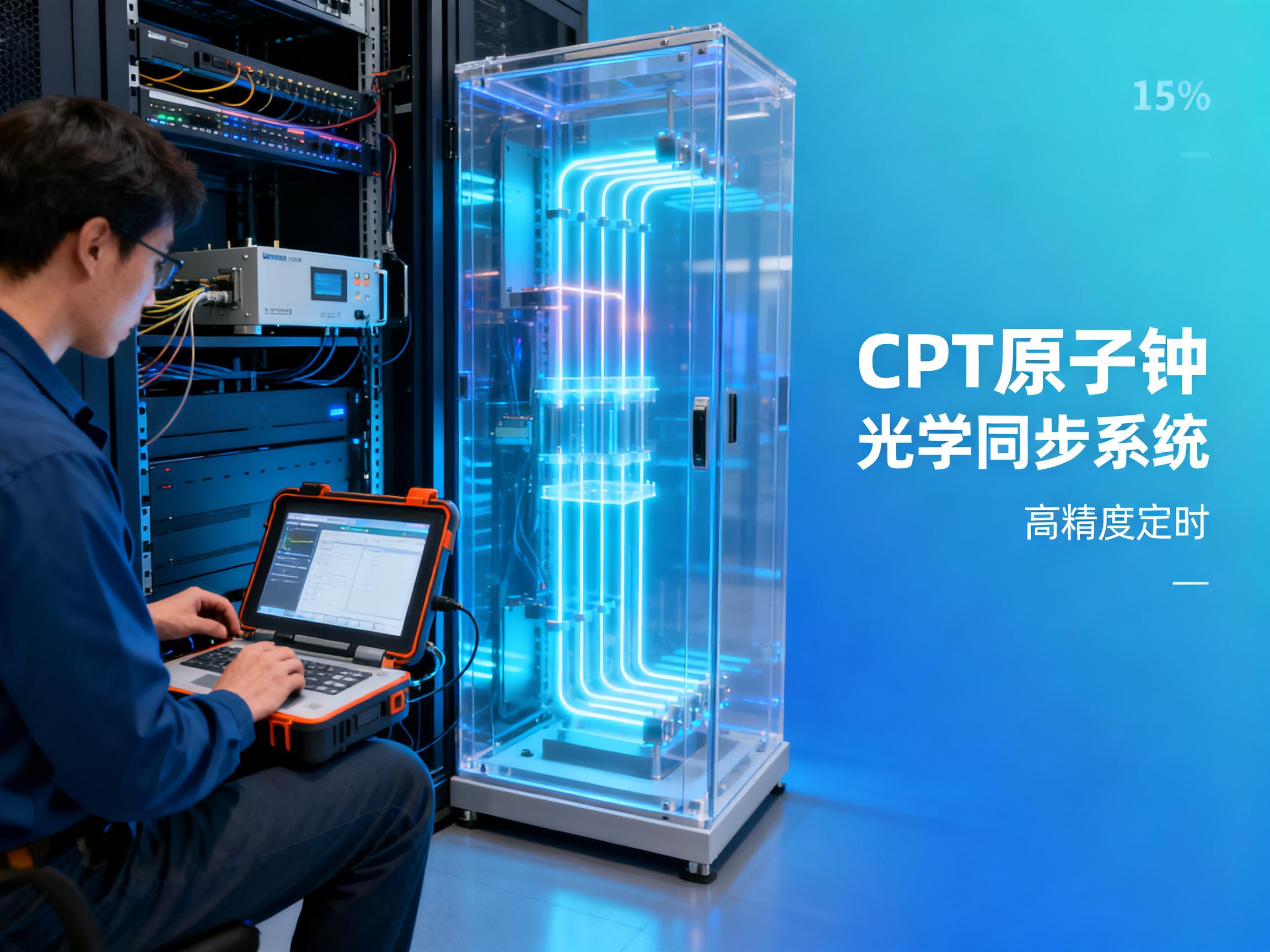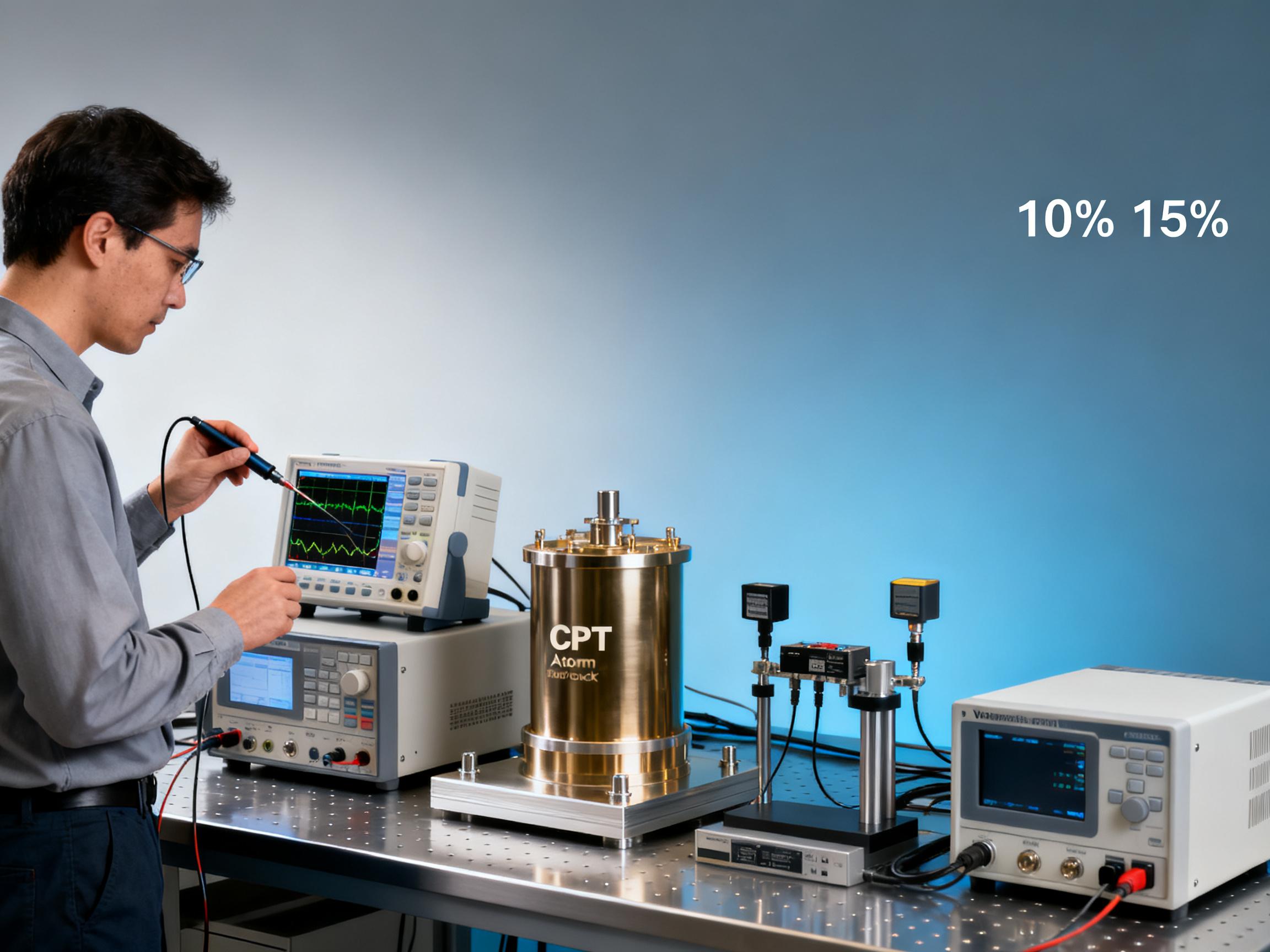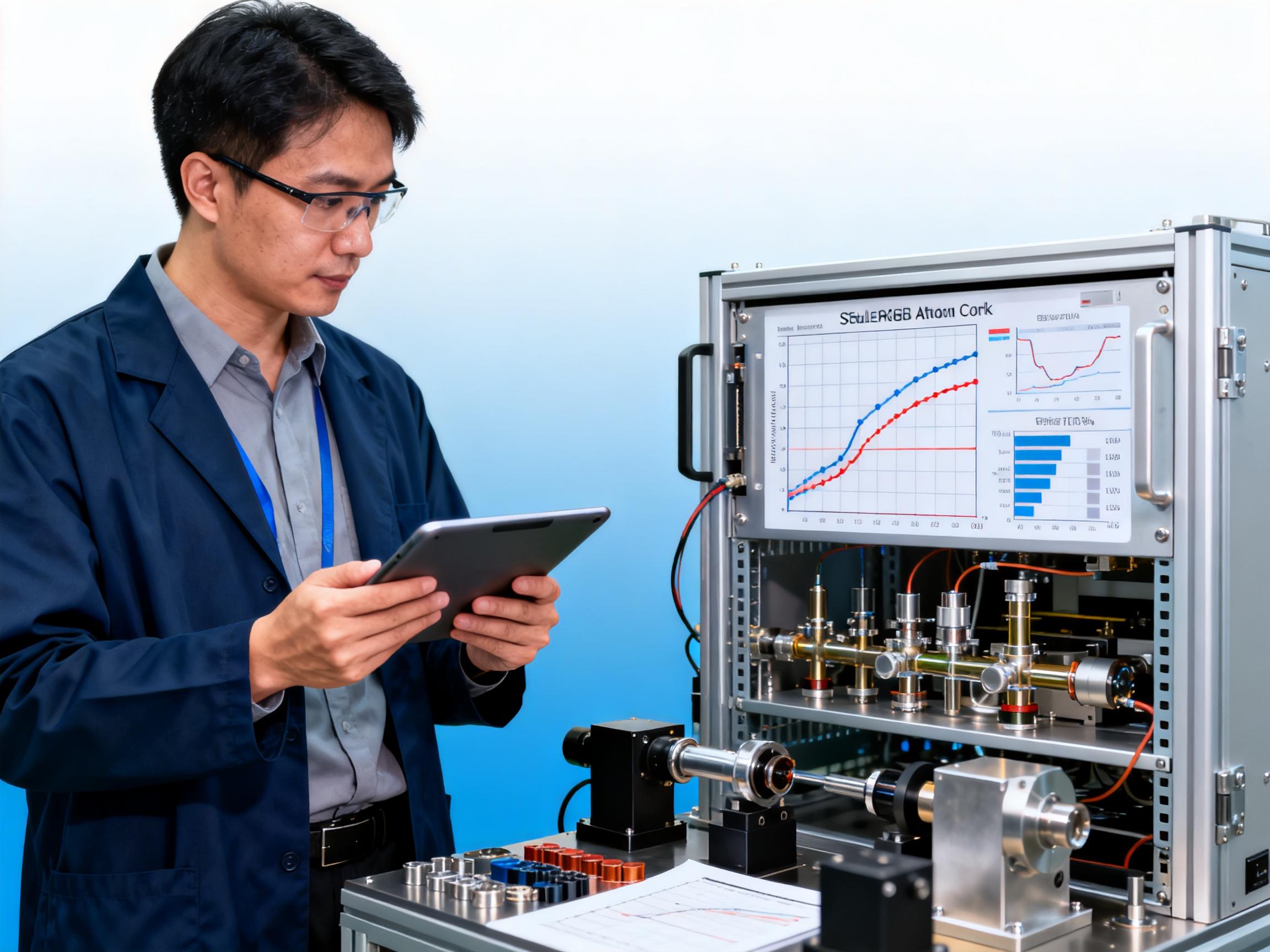RELATED
![How CPT Atomic Clocks Reduce OPEX in 5G Base Stations [Real Data] How CPT Atomic Clocks Reduce OPEX in 5G Base Stations [Real Data]](https://usimg.bjyyb.net/grey.png?x-oss-process=image/resize,m_fixed,w_800,h_600,limit_0) How CPT Atomic Clocks Reduce OPEX in 5G Base Stations [Real Data]2025-12-11
How CPT Atomic Clocks Reduce OPEX in 5G Base Stations [Real Data]2025-12-11 2024 CPT Atomic Clock vs Rubidium: Which Offers Better Stability for Telecom Networks?2025-12-08
2024 CPT Atomic Clock vs Rubidium: Which Offers Better Stability for Telecom Networks?2025-12-08 Live Demo Results: CPT Atomic Clock Performance Under Harsh Environmental Tests (Data Inside)2025-12-05
Live Demo Results: CPT Atomic Clock Performance Under Harsh Environmental Tests (Data Inside)2025-12-05 Budgeting for Precision: Total Cost of Ownership for a Rubidium Atomic Clock Over 5 Years2025-12-03
Budgeting for Precision: Total Cost of Ownership for a Rubidium Atomic Clock Over 5 Years2025-12-03
MESSAGE
Frequency components refer to various components or devices used to generate, process, control and transmit specific frequency signals in electronic systems. They are key components to ensure that electronic systems can operate normally and accurately. They play an important role in many fields such as communications, radar, and computers. The following is a detailed introduction to common frequency components:
1.Crystal Oscillator:
This is one of the most commonly used frequency generating components, which works by using the piezoelectric effect of quartz crystals. When an alternating voltage is applied to the two electrodes of the crystal, the crystal produces mechanical vibrations, and vice versa, the vibrations produce alternating voltages. Through a specific circuit, the crystal resonates at its natural frequency, thereby outputting a stable frequency signal. Crystal oscillators can be divided into ordinary crystal oscillators (SPXO), temperature compensated crystal oscillators (TCXO), voltage controlled crystal oscillators (VCXO), and oven controlled crystal oscillators (OCXO). Among them, SPXO has a simple structure and low cost, and is suitable for occasions where frequency accuracy is not required; TCXO improves frequency stability through temperature compensation circuits and is often used in communication equipment; VCXO's output frequency can be adjusted by controlling voltage, and is suitable for applications that require adjustable frequency; OCXO places the crystal in a constant temperature environment, and has extremely high frequency stability, and is often used in aerospace, high-end test and measurement and other fields that require strict frequency accuracy.
2. Voltage-Controlled Oscillator (VCO):
It is an oscillator whose output frequency is linearly related to the input control voltage. In addition to the above-mentioned applications in crystal oscillators (such as VCXO), independent VCOs are also widely used in frequency synthesis, phase-locked loop (PLL) and other circuits. It can quickly adjust the output frequency according to changes in the input voltage, and is often used in communication systems to implement functions such as frequency modulation and demodulation, frequency switching, etc. For example, in wireless communication equipment, VCO can generate carrier signals of different frequencies to meet the needs of different communication frequency bands.
3. Frequency Synthesizer:
It is used to generate a series of high-precision and high-stability frequency signals. It can generate various frequencies required by multiplying, dividing, mixing, etc. one or more reference frequencies. Common frequency synthesizers include direct frequency synthesizer, phase-locked loop frequency synthesizer and direct digital frequency synthesizer (DDS). Direct frequency synthesizer has the advantages of fast frequency conversion speed and high frequency resolution, but it has a complex structure and high cost; phase-locked loop frequency synthesizer uses phase-locked loop circuit to realize frequency synthesis, has good performance and low cost, and is widely used; DDS is based on digital signal processing technology, generates frequency signals through digital algorithms, has the advantages of fast frequency conversion speed, high frequency resolution, good phase continuity, etc., and has been increasingly used in modern communications and test and measurement fields.
4. Filter:
It is used to filter the frequency components of the signal, allowing signals within a specific frequency range to pass through, while suppressing or attenuating signals of other frequencies. According to the frequency selection characteristics, filters can be divided into low-pass filters (LPF), high-pass filters (HPF), band-pass filters (BPF) and band-stop filters (BEF). In communication systems, filters are used to select specific communication frequency bands and suppress interference signals; in power supply circuits, filters can be used to filter out power supply noise and improve power supply quality. Filters can also be divided into passive filters (composed of passive components such as resistors, capacitors, inductors, etc.) and active filters (including active devices such as operational amplifiers, etc.) according to the type of components, and into analog filters and digital filters according to the implementation method.
5. Mixer:
It can mix two or more signals of different frequencies to generate new frequency components. Specifically, the mixer adds or subtracts the frequencies of the input signals and outputs a signal containing the sum, difference, and other combined frequencies of the original signal frequencies. In a superheterodyne receiver, the mixer mixes the received high-frequency signal with the signal generated by the local oscillator, converting the high-frequency signal into a fixed intermediate frequency signal, which is convenient for subsequent signal processing, such as amplification, filtering, and demodulation.
6. Frequency Divider And Frequency Multiplier:
The frequency divider is used to reduce the frequency of the input signal to a fraction of the original frequency, while the frequency multiplier is used to increase the frequency of the input signal to a fraction of the original frequency. In digital circuits, frequency dividers are often used to generate clock signals of different frequencies to meet the needs of different circuit modules; in radio frequency circuits, frequency multipliers can be used to convert lower frequency signals into higher frequency signals to meet the communication system's requirements for carrier frequency. For example, in some wireless communication systems, a higher frequency carrier signal is required for data transmission, and a frequency multiplier can be used to multiply the lower frequency signal generated by a crystal oscillator to the required carrier frequency.
CONTACT US
Please use the form below to get in touch.
If you need a reply we will get in touch as soon as possible.

![How CPT Atomic Clocks Reduce OPEX in 5G Base Stations [Real Data] How CPT Atomic Clocks Reduce OPEX in 5G Base Stations [Real Data]](https://usimg.bjyyb.net/sites/91500/91958/1765179857856560163985903616.jpeg)



